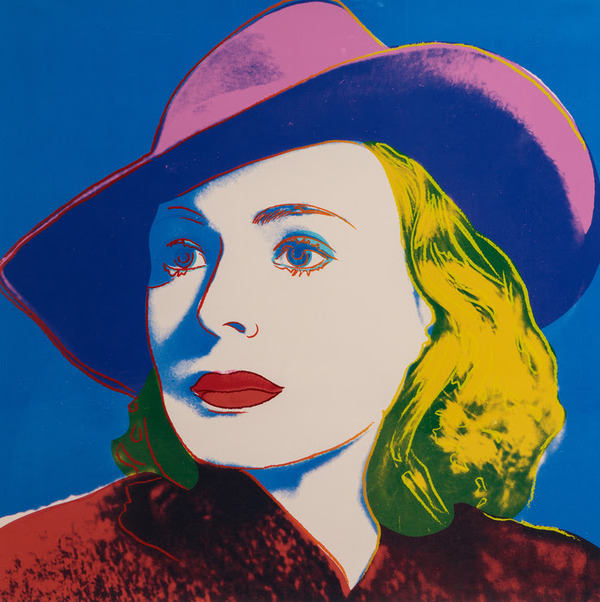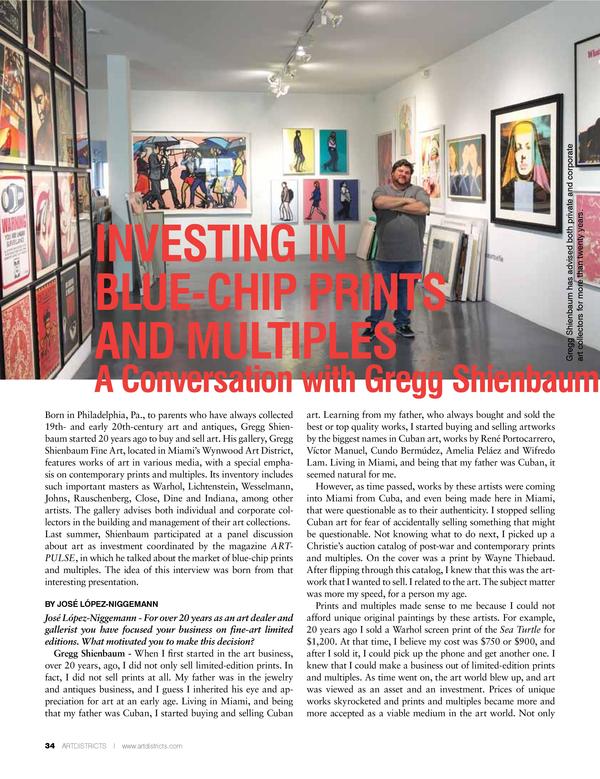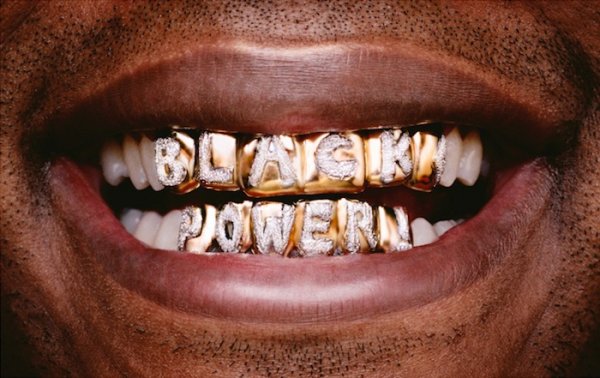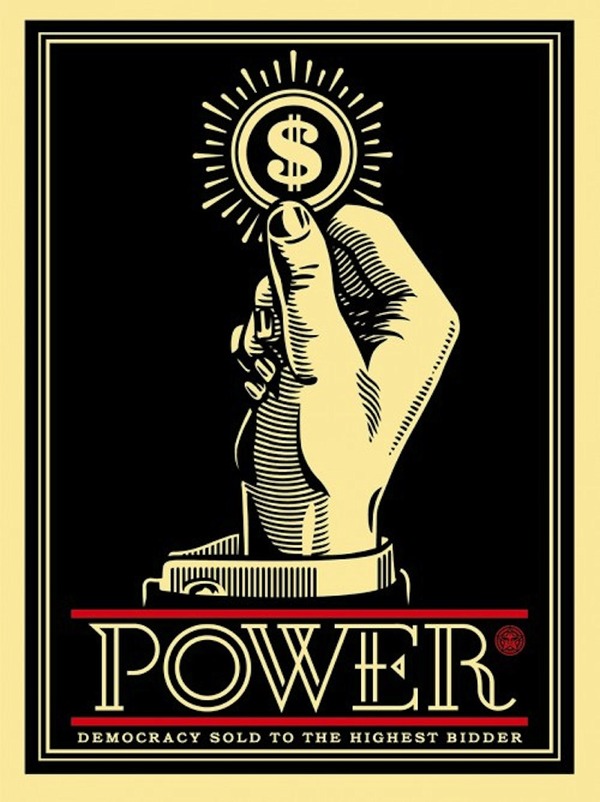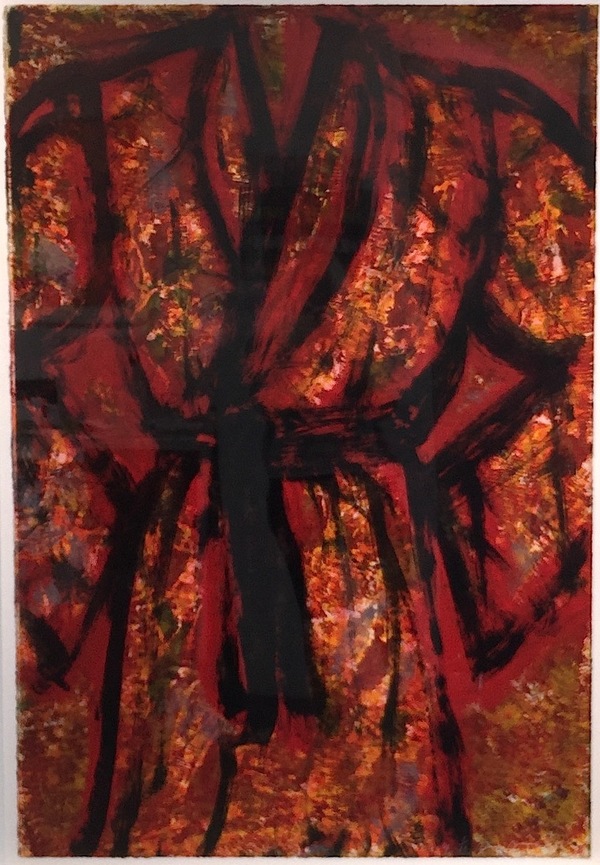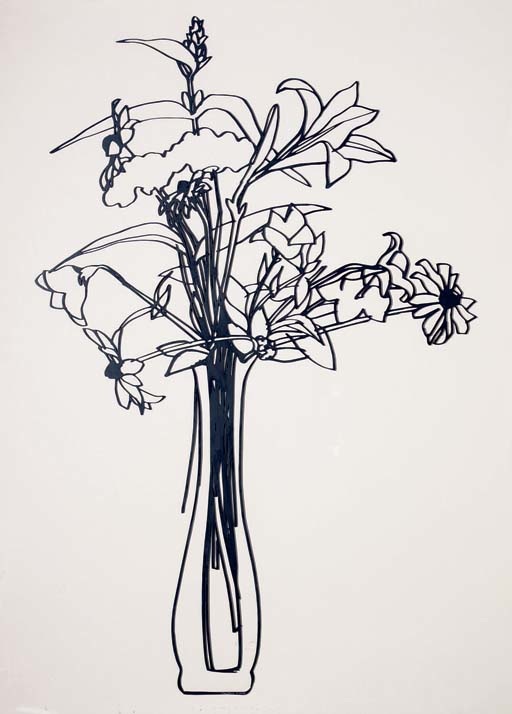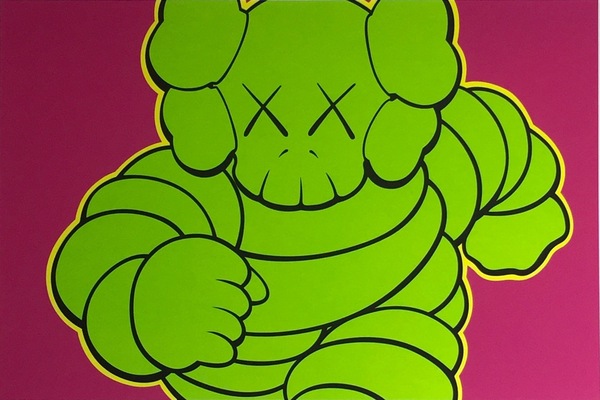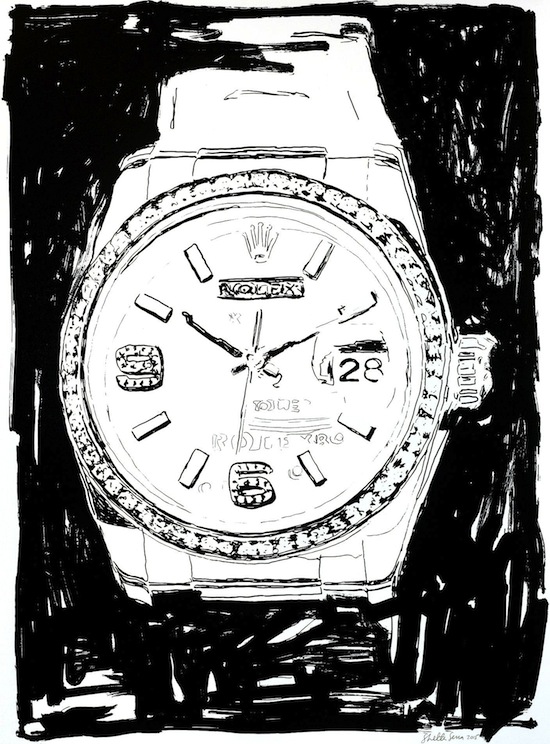Tag Archives: prints
ART BASEL INTERVIEW WITH GREGG SHIENBAUM – Investing in prints
|
ART BASEL INTERVIEW
WITH GREGG SHIENBAUM Investing in prints |
||
|
Florida’s Art Districts Magazine sat down with Gregg Shienbaum of Gregg Shienbaum Fine Art at his gallery in Wynwood, and interviewed him about investing in bluechip prints and multiples and the future of these prints. Please, take time to look at the interview. For those interested in bluechip prints, you will learn the status of bluechip prints and what we can expect in the future. Click HERE or on the image to read the full article |
WOW – Work Of the Week – Hank Willis Thomas “Black Power”
WOW – Work Of the Week – Shepard Fairey “Power Bidder”
WOW – Work Of the Week – Jim Dine “Zein Robe”
Work Of the Week – James Rosenquist “Firepole”
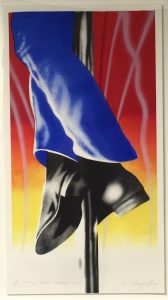 |
||
|
JAMES ROSENQUIST About This Work: Born on November 29, 1933 in Grand Forks, ND, James Rosenquist attended the University of Minnesota, before earning a scholarship to the Art Students League in New York in 1955. James Rosenquist is one of the key figures in America’s Pop Art movement. Rosenquist takes fragmented, oddly disproportionate images and combines and overlaps them in his works to create visual stories, in the most abstract and provocative ways. Rosenquist’s paintings and prints are often made in unusual proportions and giant dimensions. For example, one of his prints, called Time Dust (1992), is thought to be the largest print in the world, measuring approximately 7 x 35 feet. In 1967, Rosenquist painted Firepole, a monumental mural commissioned for the American Pavilion at the Montreal World Exposition. This mural featured gargantuan blue-uniformed legs wrapped around a fireman’s pole. Firepole refers to Rosenquist’s idea “that it was unnecessary for U.S. to police the world or be the fireman of it“. Indeed, Rosenquist has always been very much involved with political and social issues of that time, especially criticizing the Vietnam war and the political positions of the US government in terms of global relationships and conflicts. Today Rosenquist is considered one of the greatest American artists still alive. |
Work Of the Week – Tom Wesselmann “Wildflower Bouquet”
WOW – Work Of the Week – KAWS “Chum Running Pink”
WOW – Work Of the Week – Jasper Johns “Voice 2”
 |
||
|
JASPER JOHNS About This Work: Born in Georgia in 1930 and raised in Allendale, South Carolina, Jasper Johns grew up wanting to be an artist. He studied briefly at the University of South Carolina before moving to New York in early 1950’s. Working in New York in the 1950s, Johns became part of a community of artists, including Robert Rauschenberg, that was seeking an alternative to the emotional nature of Abstract Expressionism. In the mid-1960’s, Johns executed a large painting and lithograph, both entitled Voice. He then returned to this theme in a very large, three-part painting called Voice 2, which he worked on from 1968 through 1971. With several different print versions of the canvas – this work, Voice 2, among them – Johns varied the colors and experimented with the placement of the rectangles making up each composition. The title of the work, which forms the imagery, can be read in a rotating cylindrical pattern. Johns has always been fascinated with numbers, letters and words. In this work, he plays with the letters of the word VOICE in a very personal way, superimposing the figures to create a multiple image, so that each time the eye adjusts to focus on a letter the spectator perceives a slightly different picture. These kind of works by Jasper Johns were extremely new to the museum goers and art lovers, especially at a time in which the art world was searching for new ideas. Johns is still one of most significant and influential American painters of the twentieth century, and also considered as one of the greatest printmakers of any era. |

